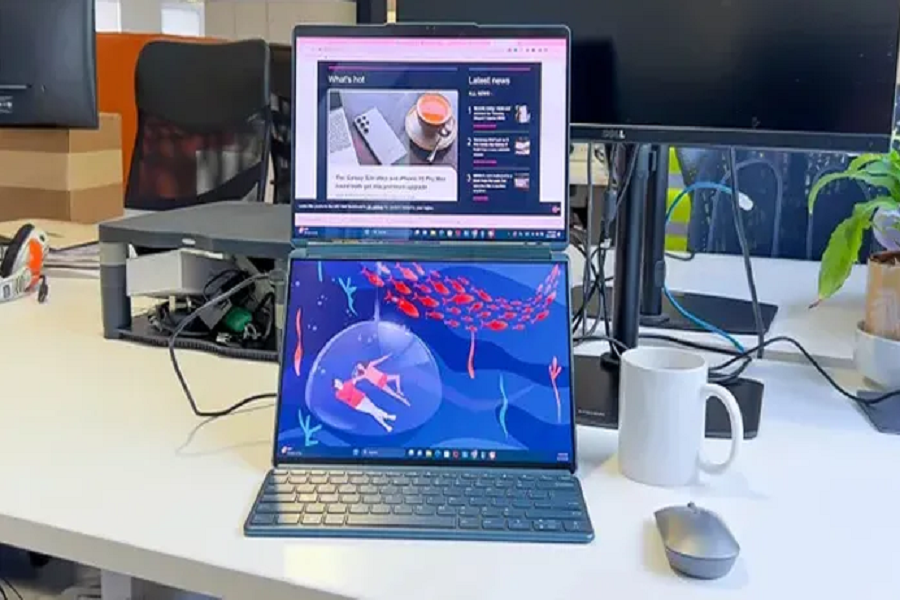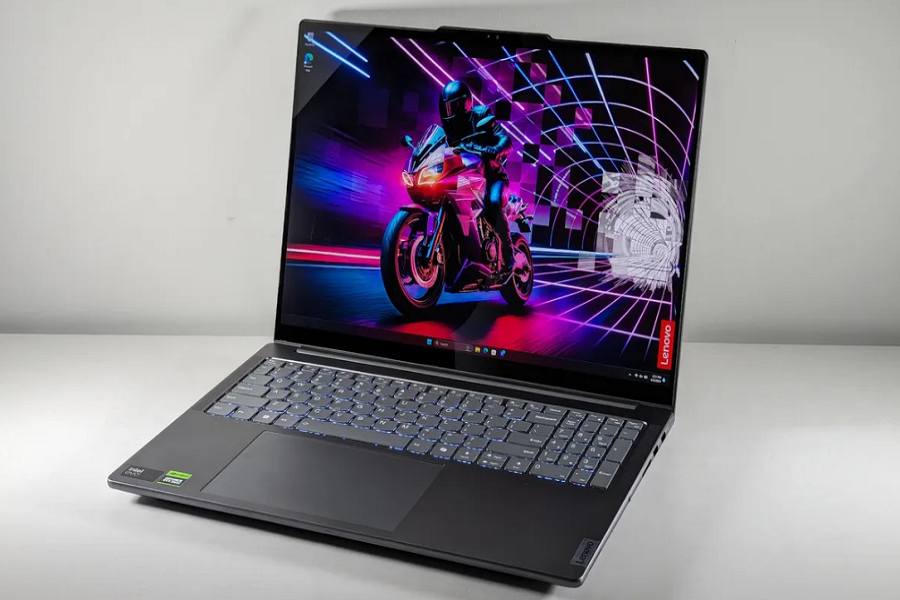In today’s digital environment, the necessity of utilizing an appropriate monitor for photo editing cannot be overstated. Whether one is a professional photographer or an enthusiastic hobbyist, the choice of monitor plays a pivotal role in producing high-quality visuals. Among the various factors that one must consider, color accuracy, resolution, and monitor size stand out as the primary determinants of a seamless editing experience.
Introduction to Photo Editing Monitors
Best laptop monitor for photo editing is perhaps the most crucial aspect when selecting a monitor for photo editing. It is vital for photographers to work with displays that can reproduce colors faithfully. A monitor boasting a wide color gamut ensures that the hues seen on the screen closely resemble those captured by the camera, allowing for precise editing and corrections. Without this level of accuracy, images may appear differently in prints or on various devices, leading to disappointing outcomes.
Resolution is another significant element to consider. A higher resolution monitor allows for greater detail and clarity in images, which is essential for meticulous editing tasks. Moreover, high-resolution displays, such as 4K monitors, enable editors to view intricate details without straining their eyes, ultimately leading to a more productive workflow. Monitors with higher pixel density can make a substantial difference in terms of enhancing the editing experience, particularly for high-resolution photographs.
The size of the monitor also plays an influential role in usability. Larger screens facilitate multitasking by enabling users to open multiple applications side by side, thus streamlining the editing process. This can be especially beneficial for designers who often work with various software simultaneously. Therefore, investing in a quality monitor tailored for photo editing is essential to achieving outstanding results and enhancing overall workflow efficiency.
Key Features to Look for in Photo Editing Monitors
When selecting a monitor for photo editing, various key features are essential to ensure accurate color representation and enhanced workflow efficiency. Understanding these features will allow users to make knowledgeable decisions tailored to their photo editing requirements.
One of the primary considerations is color gamut coverage. A monitor with superior color accuracy is crucial for photography work. Options such as sRGB, Adobe RGB, and DCI-P3 offer different ranges of color reproduction. Adobe RGB is often preferred by professional photographers due to its wider gamut, allowing for more vibrant and varied color representation, which is particularly important when editing images intended for print. DCI-P3 also offers an enhanced color range suitable for digital video content, making it a good choice for those working across various media platforms.
Another significant feature is the resolution of the monitor. A 4K resolution monitor provides more pixels than a Full HD display, allowing for finer detail and sharper images. For photo editors who frequently zoom in to retouch or adjust details, a 4K monitor can greatly enhance the editing experience, delivering clarity that is beneficial when working with high-resolution images.
In addition to these factors, the panel technology used in monitors, such as IPS, VA, and TN, plays a crucial role in color performance and viewing angles. IPS panels offer superior viewing angles and color consistency, making them ideal for detailed photo work. In contrast, VA panels may provide better contrast for darker images, while TN panels are typically faster but often fall short in color accuracy.
Finally, the ability of a monitor to be hardware calibrated is essential for professionals who require exact color matching. Calibration tools can adjust the monitor’s settings at a hardware level, ensuring that the displayed colors accurately reflect the intended hues in the editing process.

Top Monitors for Photo Editing in 2025
As photography continues to evolve, the importance of high-quality monitors for photo editing cannot be overstated. In 2025, several laptop monitors have emerged as exemplary tools for photographers seeking precision and clarity in their work. Each of the following monitors has been evaluated based on essential features such as color accuracy, resolution, connectivity options, and overall performance to cater to various budgets and preferences.
First on the list is the LG UltraFine 5K. With a stunning resolution of 5120 x 2880 pixels, this monitor boasts exceptional color reproduction and supports DCI-P3 wide color spectrum. Its Thunderbolt 3 connectivity ensures it integrates seamlessly with MacBook laptops. This monitor is particularly favored by professionals for its exceptional sharpness and detail, making it a worthy investment for serious photo editors.
Another outstanding choice is the BenQ PD3220U, targeted at creative professionals. Featuring a 4K UHD resolution, it covers 95% of the DCI-P3 color space and offers HDR10 support. This versatility in color precision is ideal for graphic design and photo editing alike. Additionally, its KVM switch allows users to control multiple computers effortlessly, enhancing productivity.
For those on a budget, the Acer R240HY provides a cost-effective solution without sacrificing quality. This 23.8-inch monitor offers a full HD (1920 x 1080) resolution with IPS technology, ensuring wide viewing angles and good color accuracy at a lower price point. Its sleek design and affordable price make it an excellent option for amateur photographers or budding artists.
Lastly, the Dell UltraSharp U3223QE is a solid choice for editors who appreciate versatile applications. With a 4K resolution and USB-C connectivity, it allows for high data transfer speeds along with brilliant display quality. The monitor is also ergonomically designed, promoting a comfortable workspace during lengthy editing sessions.
Choosing the right laptop monitor for photo editing in 2025 is crucial to achieving the best results in your photography endeavors. Each of these options provides unique benefits tailored to meet the varying demands of photo editors across the board.
Related Articles: Best photo editing software for pc
Comparison of Monitors: Pros and Cons
When selecting a monitor for photo editing, it is essential to evaluate the various options available on the market. Below, we present a comparison of some of the top monitors, focusing on their advantages and disadvantages to support your decision-making process.
Monitor A: This model is well-regarded for its color accuracy, boasting a wide color gamut that satisfies the stringent requirements of professional photographers. The build quality is also noteworthy, offering a robust frame and adjustable features for ergonomic comfort. However, its price point may be higher than some budget-conscious users are willing to spend, making it less accessible.
Monitor B: A strong contender for those seeking a balance between features and cost, Monitor B offers solid image quality with decent contrast ratios. Users appreciate its connectivity options, allowing for greater versatility. On the downside, some reviews highlight limitations in viewing angles, which may affect editing precision for certain professionals.
Monitor C: Known for its affordability, this model captivates novice photographers and hobbyists. The vibrant display delivers satisfactory performance for less demanding tasks. However, it lacks advanced calibration capabilities, which might lead to inconsistencies in color representation over time. This trade-off may pose a challenge for people engaged in high-end photo editing.
Monitor D: With the latest technology integrated, Monitor D excels in sharpness and specifically caters to photographers who require meticulous detail in their work. Nonetheless, the steep investment can be prohibitive for some, and it may not be justifiable for casual users.
Each of these monitors has its strengths and weaknesses, suiting different user needs and budgets. An informed choice will ultimately depend on individual editing requirements, preference for display quality, and financial considerations.

